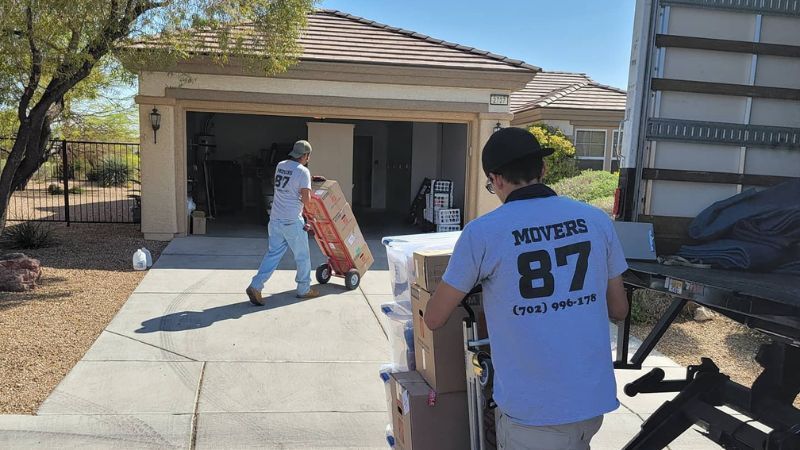Smart Planning for Your Residential Move

Embarking on a new journey to a different home is both thrilling and daunting. It's not just about transporting your belongings from one place to another; it's a significant life event that requires careful planning and execution. At 87 Movers Las Vegas, a moving company in Las Vegas, NV , we understand the intricacies involved in a residential move.
Understanding the Basics of Residential Moving
Moving to a new residence involves more than just moving items; it's about transitioning your life and settling into a new community. A residential move can be local, long-distance, or even international, each with its unique set of challenges and requirements.
Why Proper Planning is Crucial
The cornerstone of a successful move is meticulous planning. Beginning the process with a clear understanding of what needs to be done, when, and how, can significantly reduce the potential stress and unforeseen complications. Proper planning encompasses setting a realistic timetable, budgeting appropriately, choosing your ideal local mover , and understanding the logistics involved in transporting your belongings safely to your new home.
Initial Steps in Planning Your Move
Embarking on a moving journey requires a solid foundation. The initial steps you take can make a huge difference in how smoothly the process goes. Here's how to kickstart your moving experience on the right note.
Setting a Moving Date
Choosing a moving date is more strategic than picking a random day on the calendar. Consider factors such as:
- Season: Summer months tend to be the busiest for moving companies due to favorable weather conditions and school breaks. If you're flexible, choosing a date during off-peak seasons (fall or winter) can be cost-effective.
- Work Schedule: Ensure your moving date aligns well with your work commitments. If possible, allow yourself a few days off before and after the move for packing and settling in.
- Lease or Purchase Agreements: Align your moving date with the start or end date of your lease or the closing date of your new home purchase.
Creating a Moving Budget
A moving budget is essential to avoid unexpected costs. Consider:
- Moving Company Fees: Get quotes from several reputable companies like 87 Movers Las Vegas for a comprehensive understanding of potential costs.
- Packing Supplies: Boxes, tape, bubble wrap, and special items like wardrobe boxes come with their price tags.
- Travel Costs: If you're moving long-distance, factor in travel costs for yourself and your family, including lodging and meals.
Choosing the Right Moving Company
Selecting a trustworthy moving company is crucial. Here's what to look for:
- Reputation: Check reviews and ask for references.
- Services Offered: Ensure they provide the services you need, whether it's full packing, storage, or delicate item handling.
- Estimates: Request a detailed, in-home estimate to avoid surprises.
Inventory Management
A detailed inventory assists in keeping track of your belongings and ensures nothing is left behind.
Why Inventory Management is Important
- Organization: A categorized list makes unpacking and finding items easier.
- Insurance Purposes: In case of loss or damage, having a recorded inventory can streamline the claims process.
- Decluttering: Creating an inventory allows you to identify items to donate, sell, or discard.
Tips for Efficiently Cataloging Your Belongings
- Use Apps: Several mobile apps can help you create a digital inventory with photos and descriptions.
- Room-by-Room: Tackle one room at a time to make the process manageable.
- Label Boxes: Clearly label each box with its contents and the room it belongs to.
Packing Strategies for a Stress-Free Move
Packing is often considered one of the most time-consuming parts of moving. However, with the right strategies, you can pack your belongings efficiently and ensure they arrive safely at your new home.
Essential Packing Supplies
Before you begin packing, ensure you have all necessary supplies. These include:
- Boxes: A variety of sizes to accommodate different items.
- Packing Tape: For securing boxes.
- Bubble Wrap and Packing Paper: For wrapping fragile items.
- Markers: To label boxes with their contents and designated room in the new house.
- Specialty Containers: Such as wardrobe boxes for clothes and dish barrel boxes for kitchenware.
Room-by-Room Packing Guide
Tackling your house one room at a time can make the process less overwhelming:
- Bedrooms: Start with out-of-season clothes and rarely used items. Use wardrobe boxes for easy packing of hanging clothes.
- Kitchen: Wrap dishes and glasses individually and cushion them with packing paper. Pack plates vertically in boxes to reduce the risk of breakage.
- Living Room: Remove light bulbs and shades from lamps. Wrap fragile items, like picture frames and ornaments, in bubble wrap.
- Bathroom: Seal liquids with tape to prevent spillage and pack essential toiletries separately for easy access.
Specialty Items and How to Handle Them
Some items require extra care when packing:
- Electronics: Original boxes are ideal for packing services. If those aren't available, use bubble wrap and label the boxes as "fragile."
- Art and Antiques: Consider custom crating for high-value items. Bubble wrap and packing paper can provide additional protection.
- Heavy Furniture: Disassemble furniture if possible and keep all screws and small parts in labeled bags.
Hiring Professional Movers vs. DIY Moving
Deciding whether to hire professional movers or to move yourself is a significant choice that impacts your moving experience.
Pros and Cons of Each Approach
Hiring Professional Movers:
- Pros:
- Reduces physical strain and stress.
- Offers expertise in safely handling and transporting items.
- Provides services like packing, unpacking, and storage solutions.
- Cons:
- Can be more expensive than a DIY move.
- Requires scheduling flexibility to align with the moving company's availability.
DIY Moving:
- Pros:
- Potentially lower costs.
- Complete control over the packing and moving process.
- Cons:
- Physical exertion and higher risk of injury.
- Potential for damage due to inexperience with packing and loading.
Navigating the Moving Day
The day of the move is a culmination of all your planning and preparation. To ensure everything goes smoothly, follow these guidelines and use the checklist provided to manage your moving day efficiently.
Preparing for the Big Day
In the days leading up to the residential move , confirm all details with your moving company. 87 Movers Las Vegas will touch base to review your inventory, moving plan, and timing to ensure we're fully aligned with your expectations.
- Pack an Essentials Box: Include items you'll need immediate access to, such as toiletries, medications, a change of clothes, and important documents.
- Prepare Appliances: If applicable, ensure large appliances are unplugged, cleaned, and ready for the movers.
- Protect Your Valuables: Set aside valuable items like jewelry and personal records to transport personally.
What to Expect on Moving Day
- Movers' Arrival: 87 Movers Las Vegas team will arrive at the scheduled time, perform a walk-through of your home to understand the scope of the work, and begin loading your belongings with care.
- Final Walk-through: Once everything is loaded, do a last check of every room, closet, and storage area to ensure nothing is left behind.
- Delivery and Unpacking: At your new home, the movers will unload and, if you've chosen these services, help with unpacking and furniture assembly.
Last-Minute Checklist
- Keep Important Documents Handy: Make sure you have your wallet, IDs, moving documents, and any necessary paperwork easily accessible.
- Verify Utility Setup: Confirm that utilities at your new home are activated.
- Have Payment Ready: Be prepared to settle the final moving bill.
Settling Into Your New Home
Once the movers have left and you're standing amidst a sea of boxes, take a moment to breathe if you've successfully moved! Now, the process of making this new place feel like home begins.
Unpacking and Organizing Tips
Start with essentials and gradually work through the other boxes. Tackle one room at a time, prioritizing the kitchen and bedrooms. As you unpack, this is also a great opportunity to declutter further, deciding if each item truly belongs in your new space.
Essential First Steps in Your New Place
- Safety First: Check that all smoke detectors are working and locate the main water valve and fuse box.
- Meet Your Neighbors: Introduce yourself to your neighbors. It’s a great way to start forming a new community.
- Explore Your New Area: Familiarize yourself with the neighborhood. Find the nearest grocery store, parks, and essential services.
Embracing Your New Beginning with 87 Movers Las Vegas
Your journey to a new home is filled with opportunities for a fresh start. Remember, thorough planning, strategic packing, and choosing the right moving company can significantly influence the experience of your move. 87 Movers Las Vegas is here to support you every step of the way, from meticulous planning to efficient moving and beyond.


